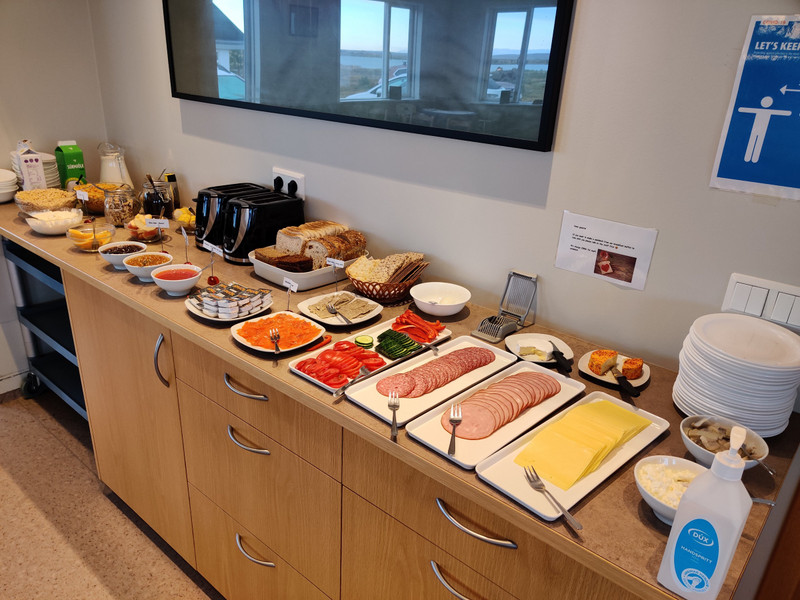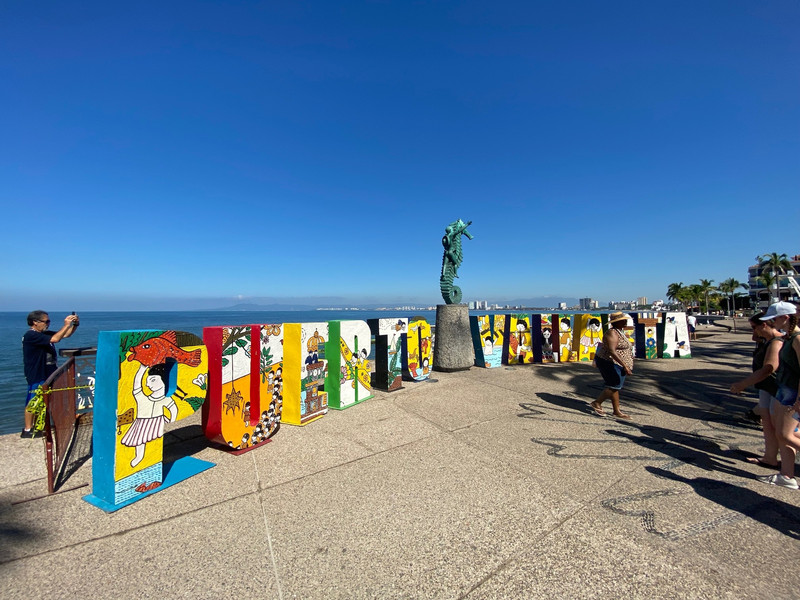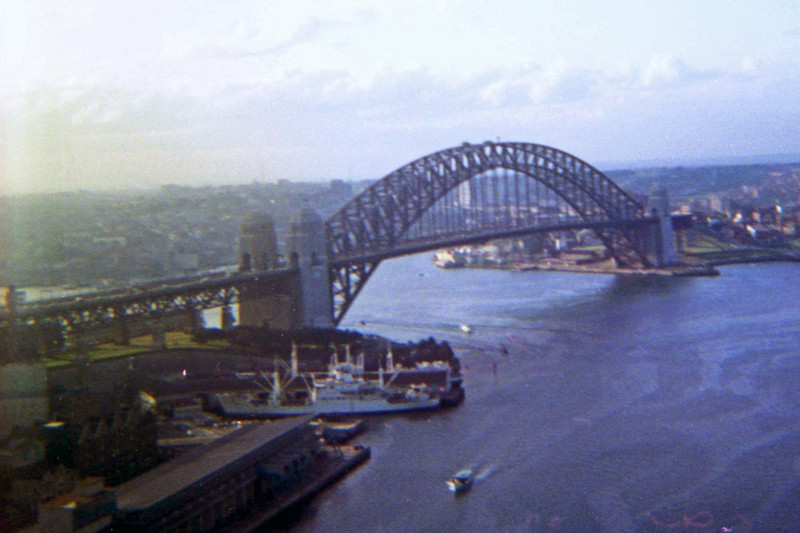After yesterdays weather fun we were hoping for something more stable weather wise, and on the whole that is what weve had over these two days, albeit at a noticeable cooler temperature than weve had over the last week or more.
For the first time on the trip the room Paul had with breakfast. A delicious selection, cold though of course, of cereals & fruit, local skyr yoghurt, smoked trout, lamb pate & other salamis and cheeses, local breads, crackers, home made preserves, salads... There was also tea brewed from angelica seeds which is supposed to be good for asthma (and colds, bronchitis and urinary infection- dont you love it that herbal remedies seem to always relieve so many varied ailments), which left Pip pondering on the many angelica seed heads we discarded from our own garden.
The first place we stopped, by the lakeside, was the first wooded walk we had had, and it was full of angelica plants. There were also fresh animal prints on the cinder path - deer we reckon.
filming location for Mance Rayders wildling camp from Game of Thrones (which is, we are led to believe, some sort of culturally significant satellite /cable television programme ?).
The lava field dates from 2300 years ago in a huge volcanic eruption when lava burst from a 12 km fissure between the America and Eurasia tectonic plates. The towering rock formations and many caves and lava tube entrances lead the place to to a medieval citadel.
In Icelandic lore they are the home of the Icelandic Yule Lads, Icelands rough equivalent to Santa Claus. They are the 13 sons of Gryla & Leppalvdi, vicious trolls. The 13 have names reflecting their habits or preferences :- Clod, Gully Gwark, Stubby, Pot Scraper, Bowl Licker, Door Slammer, Skyr Gobbler, Sausage Swiper, Window Peeper, Doorway Sniffer, Meat Hook and Candle Begger - and a thoroughly charming bunch they are made out to be too. Rarely seen during the year they emerge from their caves in December for high jinxes and merriment.
Retracing some of our route back towards where the snow and blizzards were yesterday - all clear now, though the snow covered high ground surrounding us
is looking beautiful - we turned through a noticeably geothermal area en route to Krafla, a 813m high hyaloclastite palagonite mountain. Yes, we had to look it up - basically where the magma has been turned to powdered glass due to the eruption being under water or ice.
The system is at least 200,000 years old, 90 km in size and still very active. Inside Krafla is a water filled caldera, which apparently is OK to swim in, though no one seemed to be chancing it whilst we were there.
The heat in the from 2 magma chambers km deep. The surroundings are dotted with steam vents, and the area is tapped for power by Icelands largest geothermal power plant in the valley below. The Krafla plant, via 33 bore holes feeds 2 x 30 MW generaors. And yet it only employs 15.
On the way back to the Namafjall geothermal mud expanse we passed the bizzare sight of an hot water shower in the centre of a road side car park. This is called the Perpetual Shower, and it is warm enough to shower in, we checked.
it is very, sticky mud too (visiting coach parties are equipped with blue plastic overshoes) is full of bubbling mud pools, and smoking fumerole edge adjustable yellow sulphur. And of course it stank, of rotten eggs.
At Grotagja - grotto - just through a couple of different cave entrances, is an underground thermal pool. This used to be a popular bathing spot for decades until volcanic eruptions resulted in the water temp jumping to over 60°C ?
We had a quick walk around the local church - weve not found an unlocked one yet - whose claim to fame is the surrounding lava pattern. In an eruption in 1727 a lava flow destroyed many houses etc but as it approached the church it split into two and went either side of the church, sparing it from damage. Some say it was diverted by the cemetery wall, others claimed it was due to prayer & divine intervention.









